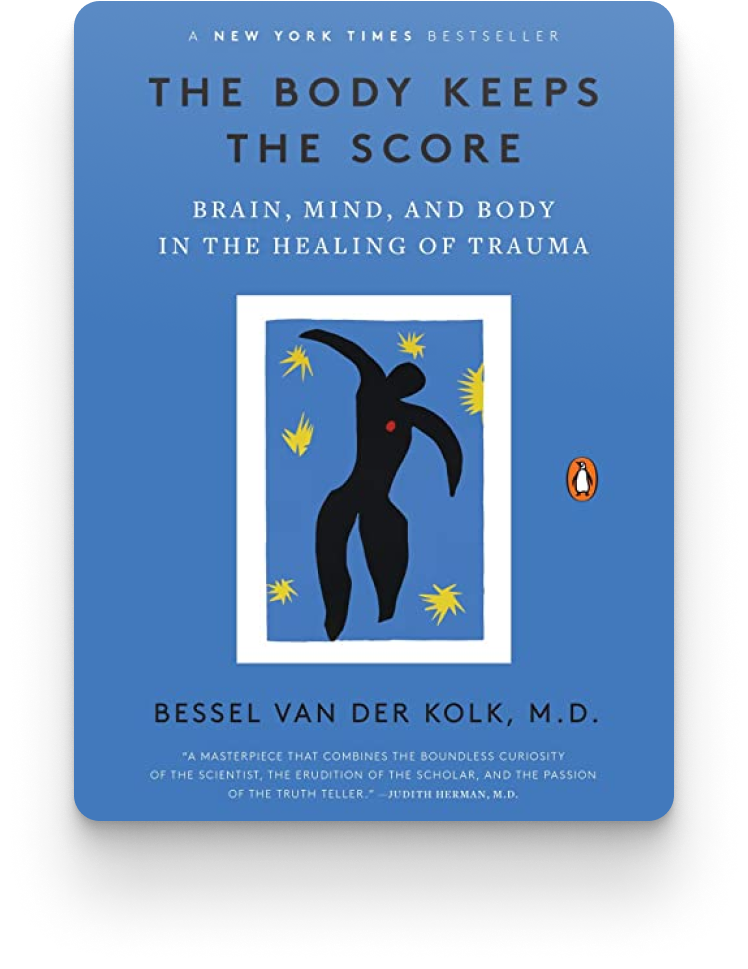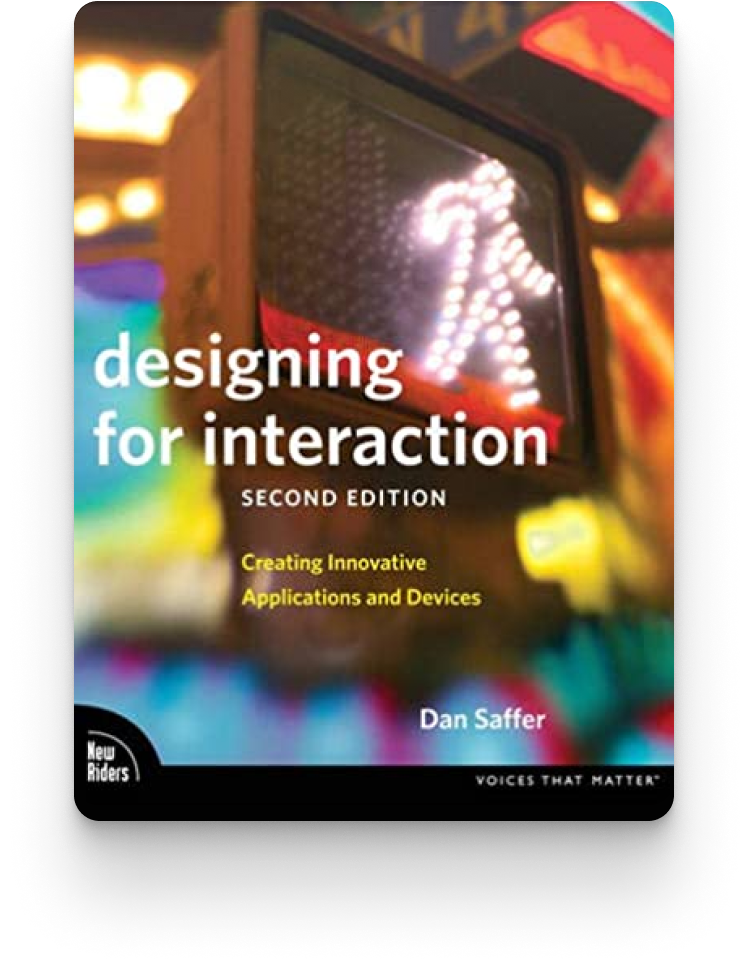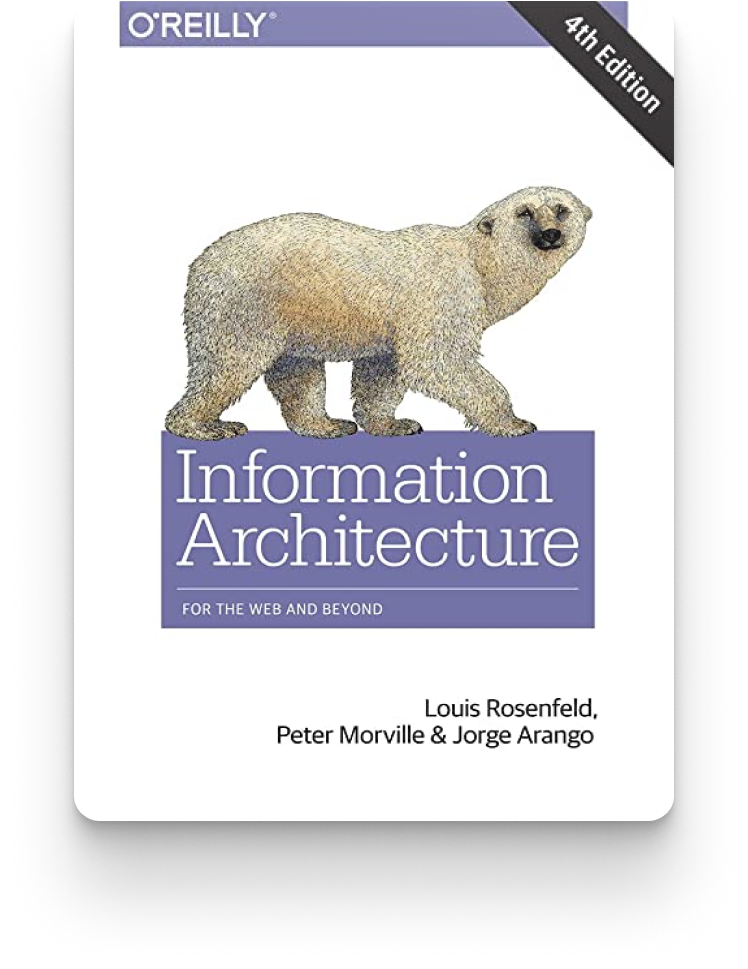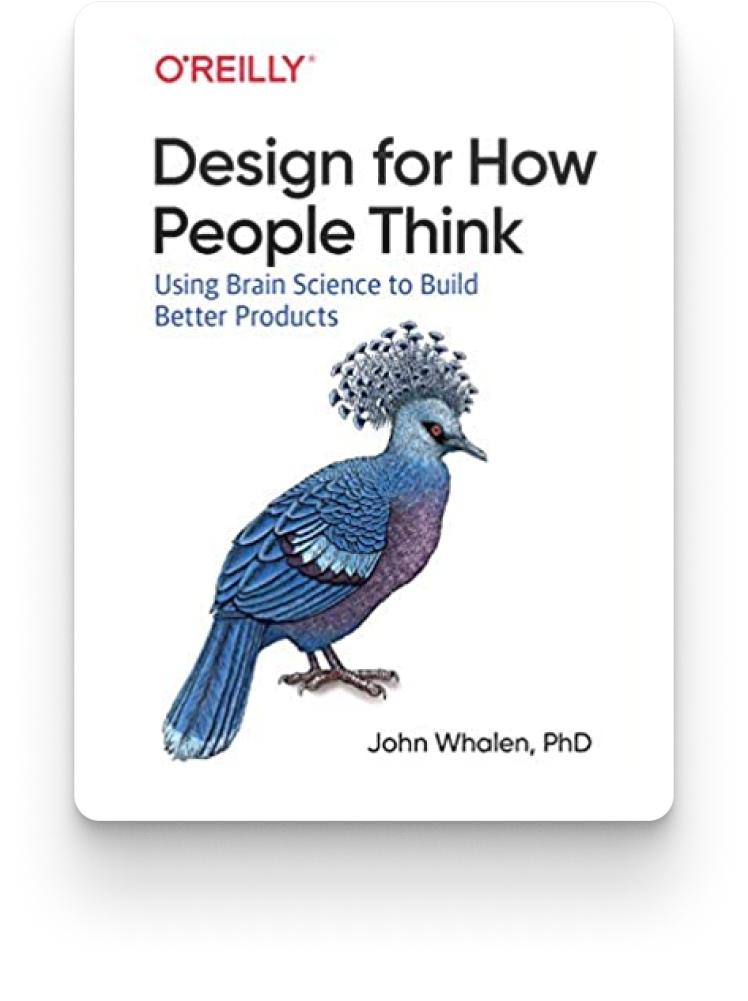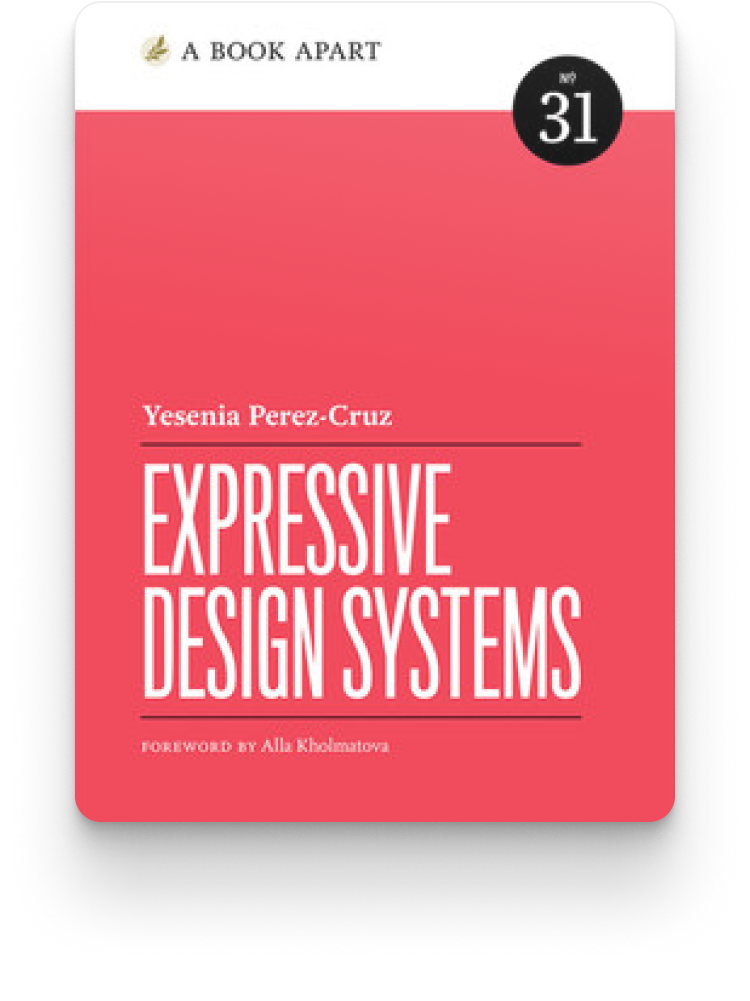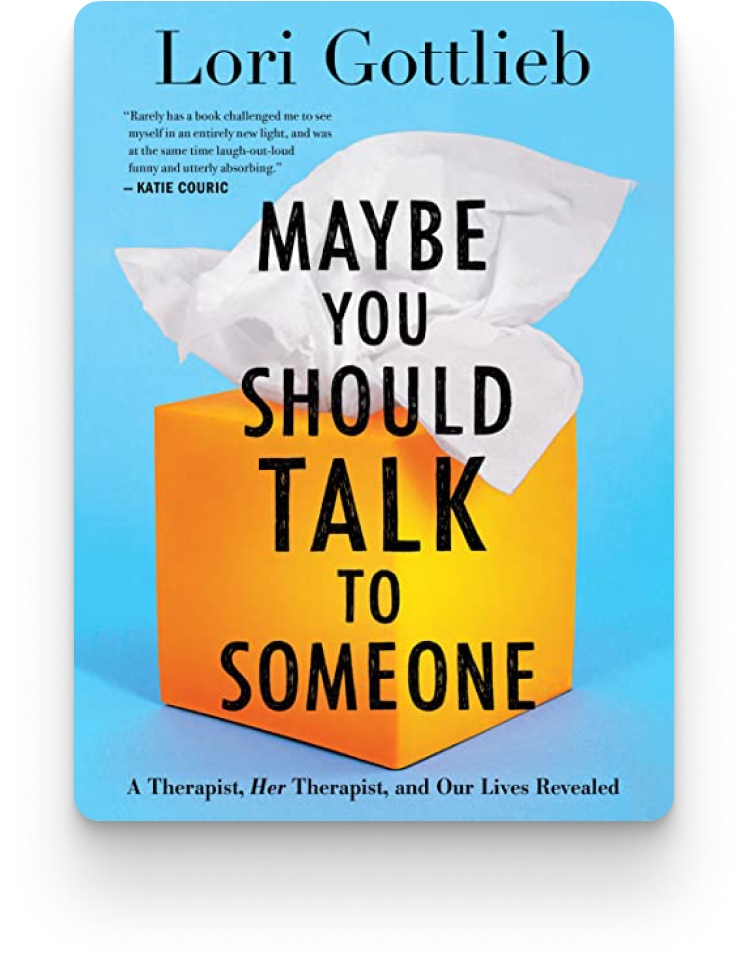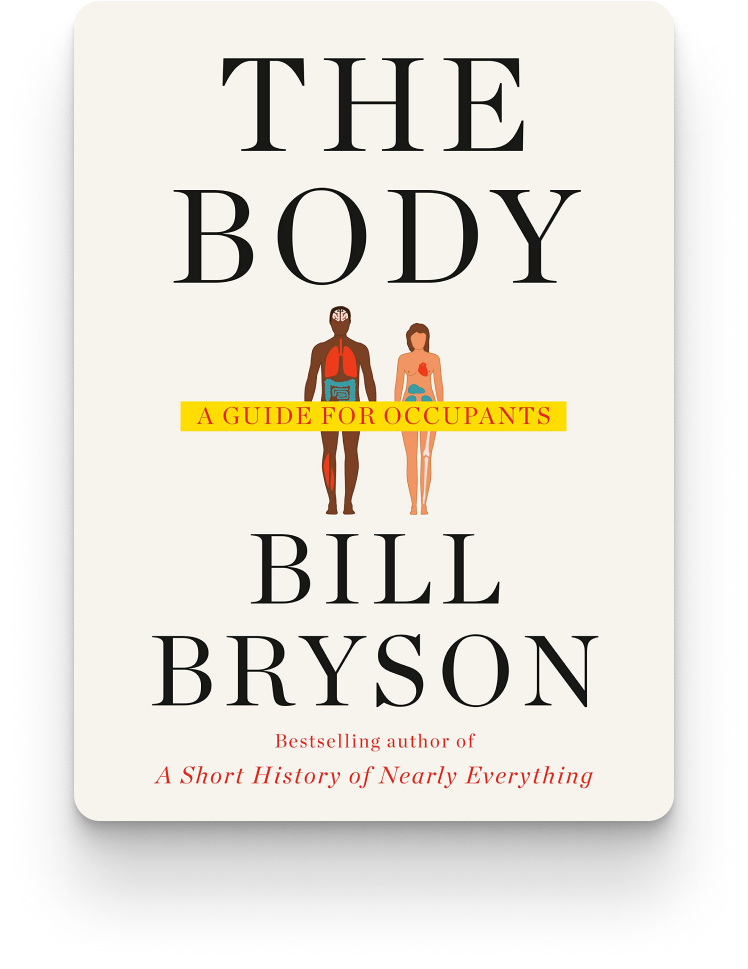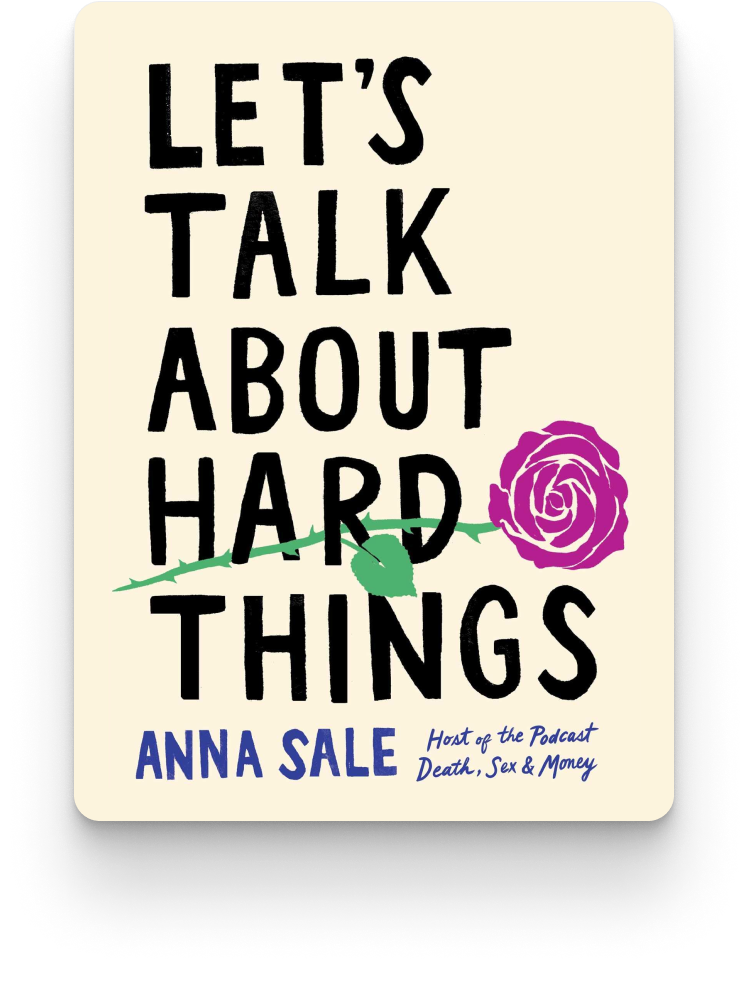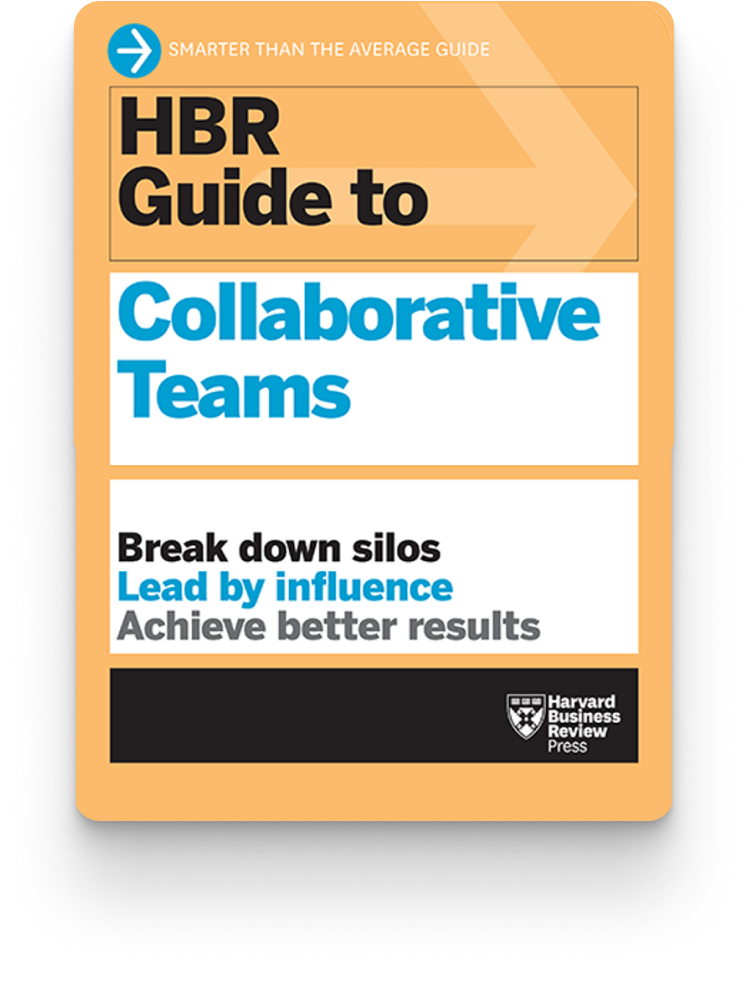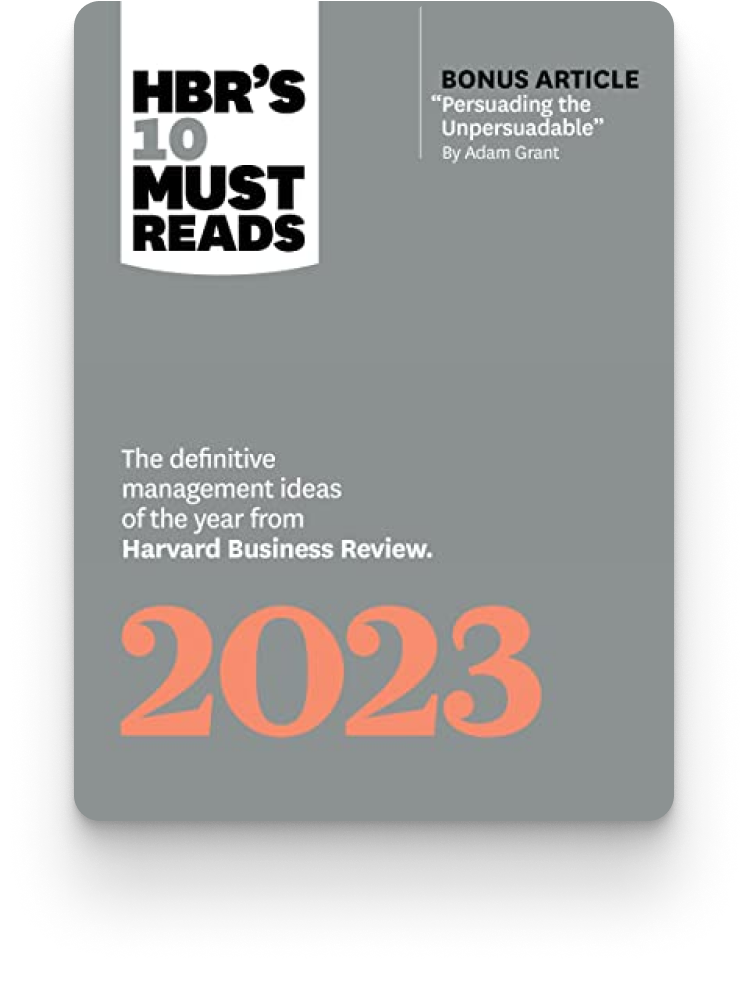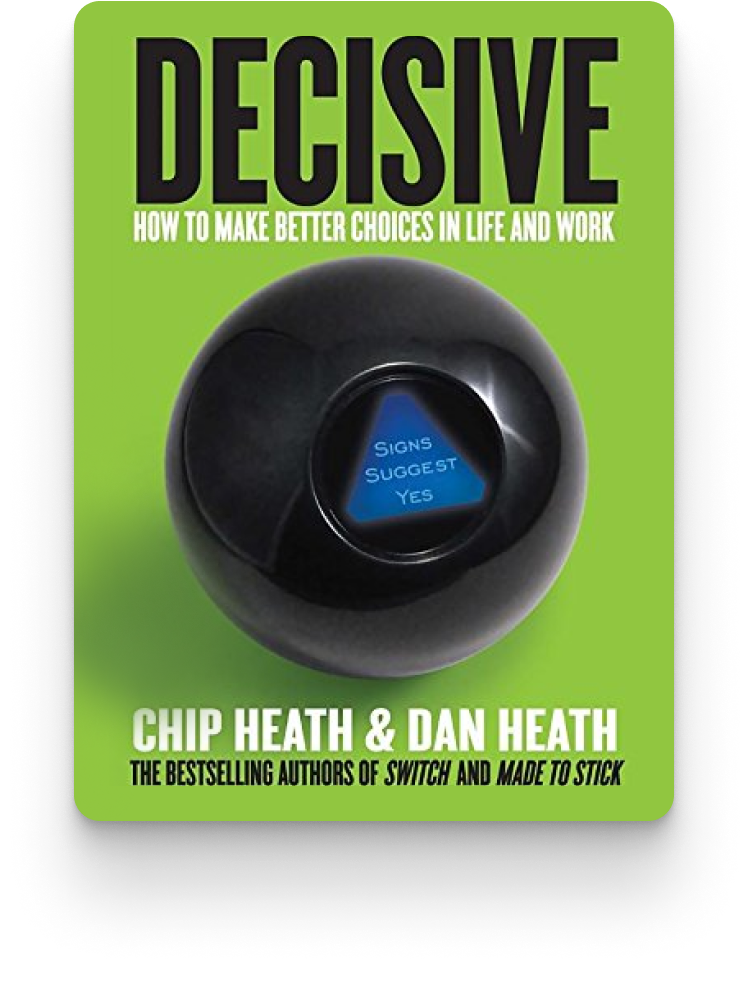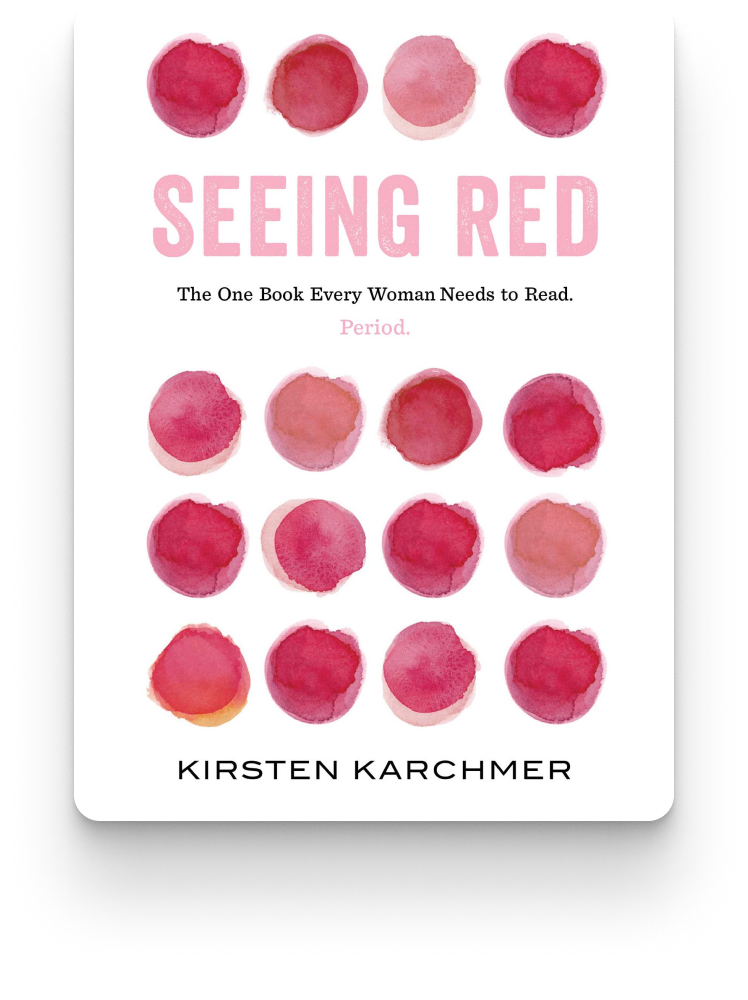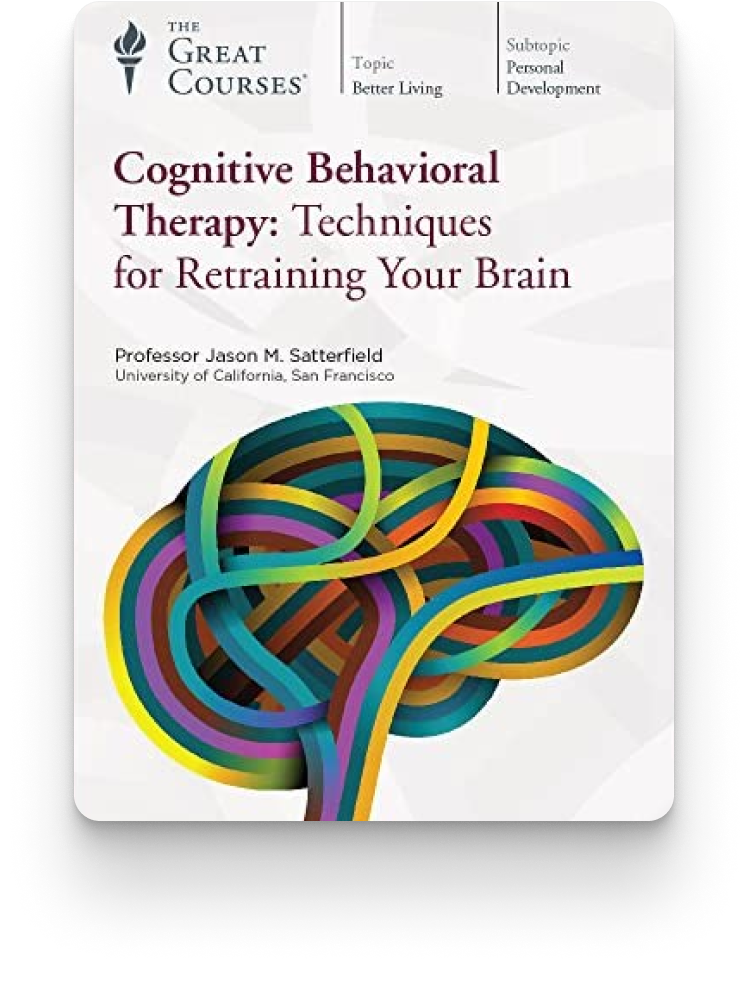Book List | 2022
This year I continue to learn more about diversity, equity, and inclusion topics and will be revisiting some basics in Interaction Design and Design.
What are you reading? Share with me (:
A compilation of the 40 books I read/listened to:
Top picks from this year:
The Body Keeps the Score by Bessel van der Kolk
Disability Visibility edited by Alice Wong
The Autobiography of A Transgender Scientist by Ben Barres
Design for Safety by Eva PenzeyMoog
The Coaching Habit by Michael Bungay Stanier
Braiding Sweetgrass by Robin Wall Kimmerer
Come As You Are by Emily Nagoski, PhD
Seeing Red by Kirsten Karchmer
The books in the order that I completed them:
#1 The Body Keeps the Score by Bessel van der Kolk
Exceptional work!! Fascinating content. Highly recommend. This book helped me understand trauma, using stories from people with PTSD to neglect or chronic sexual abuse since childhood, and more. It ends with holistic approaches for people to thrive despite their traumatic experiences - it’s not just all in the minds, trauma manifests physically as well, hence “the body keeps the score” even when the mind doesn’t consciously remember. Among other insightful topics, rapid eye movement treatment and spatial relationship modeling were super eye-opening.
#2 Disability Visibility edited by Alice Wong
Honestly, this book gave me chills. I appreciate all of the authors’ perspectives so much and hope I can better advocate for them.
I highly recommend you pick up a copy. This book gave me chills because I learned something new on every page. I am very uneducated around disability topics and the disabled communities, so it has been super impactful reading this anthology by various disabled authors. The book includes real talk about real struggles, but there is also so much vitality, resilience, community, and hope. It also felt personal and intimate thanks to all authors who contributed to the book. I learned a lot, and hope I can be a better ally for the disabled communities in the work that I do and in the days that I live – hope you can, too.
One message really stood out to me: “[T]he term ‘differently abled,’ which is considered offensive within disability communities. The phrase ‘differently abled’ suggests that we are the locus of our disability when we are, in fact, disabled by social and institutional barriers.”
Disability Visibility is also an online podcast series if you want to learn more about disability politics, culture, and media.
#3 Designing for Interactions by Dan Saffer
Great, succinct overview on the foundations for Interaction Design and its process. I recommend it to beginners and students.
One section I especially enjoyed was the warm-up exercises for concept brainstorming. Warm-up exercises are very common in Industrial Design, but not as much in the Interaction field. Building on the list of warm-up exercise ideas from the book, here are my suggestions for more effective and efficient outcome:
The goal is to get ideas flowing rather than creating beautiful drawings;
When sketching, remove extraneous details and focus on the big idea first for better comprehension from the team;
Add colors, judiciously – colors can make your key idea “pop”, but too much becomes a distraction;
Short, quick notes and designer names are always helpful for recall and clarification;
Catchy titles and metaphors help make ideas more memorable.
#4 Microinteractions by Dan Saffer
A classic in the field of Interaction Design.
One big idea is that the macro user experience is made up of smaller, micro-interactions strung together. “Microinteractions are contained product moments that revolve around a single use case—they have one main task.”
Always be considering the next & next-next possible step in users’ workflow and goal to create an extra thoughtful & friendly experience. Provide feedback and feed-forward to proactively reduce user uncertainty and errors.
The book breaks down the elements of microinteractions and discusses how triggers, rules, feedback, loops and modes can create elegant microinteractions that make big impacts on the overall user experience.
#5 Information Architecture by Louis Rosenfeld, Peter Morville & Jorge Arango
A fairly long (>400 pages) book, but an updated classic. What a read! I’ve gotten more clarity equipped with more tools and strategies for organizing, searching, and finding information, and content strategy. More tactically, I am better able to lead, design, and give directions on information mapping to maximize clarity, utility, and alignment across the organization. I map information on various levels of detail based on the information consumers' roles & goals so that there's a clear systematic understanding even when I'm not there to explain.
Looking back at my consultancy days, we did not thin-splice content strategy vs. information architecture vs. interaction design, so I just assumed these were the core competencies associated with a strong interaction designer. Now I'm helping my UXUI team to get to their next level.
#6 Design for How People Think by John Whalen, PhD
A nice read that offers another perspective on qualitative research data analysis based on six dimensions of how people think: Vision & attention, Wayfinding, Language, Memory, Decision-making, and Emotion. This goes beyond the “think”, “feel”, “say”, and “do” models, and provides an easy-to-follow framework.
#7 Laws of UX by Jon Yablonski
Quick and easy read. I enjoyed the book – a productive light read for both beginners and experts. The laws (or guidelines) are clearly explained and very easy to understand. What makes this book valuable is that it also explains the relevant concepts or case studies related to these “laws” so you understand the “why” better.
I especially enjoyed the last part about wielding your UX power responsibly, and how to craft your team’s design principles clearly and concisely so you can align your teams effectively.
#8 UX Strategy by Jaime Levy
Great read! I thought this part of the design process was part of core interaction design skills, fun to learn it has a name…UX Strategy. This should prepare you to think on a higher level and help with product clarity and decision making.
My biggest takeaways include structured competitive analysis and leveraging Ad Words to find more relevant keywords & product ideas. Loved the detailed prep list for remote interviewees – I’m huge on giving good, thoughtful instructions to set others up for success. Lastly, the last chapter gave me chills (I’m not giving it away, you have to read the book).
#9 Everyday Information Architecture by Lisa Maria Martin
Nice read and I love the moral & ethical aspects of the content that the author included. Overall takeaway -
Our organization and labeling structure affect how information is perceived (goes back to who is telling the story, a theme echoed by “Algorithms of Oppression”, “Information Architecture”, and a few other books on information organization and bias.)
The author provided a wonderful and organized framework to audit and document a website, content, and scope. Check it out if you are in the process of doing a content audit!
#10 Expressive Design Systems by Yesenia Perez-Cruz
So goooood!! The content was insightful and practical, I almost highlighted the entire book!
I’ve been facilitating recurring discussions across our product teams to get our multi-brand design systems to break down siloes and collaborate more. 🙌🏻
#11 Maybe You Should Talk to Someone by Lori Gottlieb
Great read. The book covers many highly relatable and representative issues in our lives - family, marriage, relationship, life, and death. I loved the author’s storytelling and the narration of her parallel experience as a therapist and someone seeking therapy.
Though not meant to be a thriller, the ultimate mystery of the book is…who is Wendell and where do we find him!?!?
Some parts had been eerily relatable to my situation. This is one of my initiations to therapy.
A lot of notes are taken.
#12 Crucial Conversations by Joseph Grenny, Kerry Patterson, Al Switzler, and Ron McMillan
What are crucial conversations? Those involving "high stakes, differing views, and strong emotions" whose outcome will strongly impact you moving forward. The book included different strategies – starting from really listening (yes, always) to focusing on creating psychological safety once you realize the conversation is going nowhere due to fear-based emotions.
As always, I like that they have included example situations and conversations because I could start with imitating what others artfully say in these high-stakes, crucial conversations.
I know some people admire me for being able to communicate calmly and gracefully in an easy-to-receive way in stressful situations – it never started easy, takes lots of practice and self-control, and you can see that I'm still learning.
Here's being able to speak our minds skillfully.
#14 Resilient Management by Lara Hogan
Good read. Short and sweet book. I’d put this on a similar level as “Making of a manager” but shorter. What I remembered and loved the most is the author’s mindful consideration and sensitivity to the human aspect of their teams, especially those immigrant workers and the added stress brought by volatile policy changes, which I relate to. Don’t make people who are already suffering explain their pain to you and educate you. Learn how to support them.
Another interesting new takeaway for me is to know how people would like to be recognized, someone might not like the spotlight and prefer to be super private…when in doubt, ask! Sounds so easy now, but also easy to forget or insert our assumption – it goes for a lot of things. 🤷🏻♀️
#15 Attached by Amir Levine, M.D., and Rachel S.F. Heller, M.A.
Fun read! Extending our attachment styles developed from childhood (which The Body Keeps the Score also explains) to our adult life, the authors help you decipher behaviors based on people’s attachment styles and what that means for their relationships. The main styles include Secure, Anxious, and Avoidant (some places include Anxious Avoidant as another type). The book helps you assess which style you are, describes each style, and its dynamics, and helps you understand what types of responses are secure vs. anxious vs. avoidant, helping you grow into a more aware communicator.
One interesting thing I learned was that secure people could be the last to notice something’s wrong in their relationship because they are so secure and don’t actively watch out & be alarmed by danger signals. But that also doesn’t mean securely attached people are not aware - just less on the constant lookout for danger compared to the other two types. AND, as I learned, when your partner withdraws, distances, or starts hiding stuff from you, it’s a normal human reaction to be anxious and want to figure out why & make repairs - it doesn’t mean that you are anxiously attached. Trust your gut. Talk to professionals (like therapists) to have a more informed and clear picture on what’s going on if needed.
#16 Range by David Esptein
I remember when I was still working at a design consultancy, a coworker floated this book in our chat and inspired a discussion about generalists vs. specialists. I remember some observed that in a consultancy environment, in order to achieve efficiency of operation, stricter specialization was necessary.
Range is a book that makes a case for being a generalist when there’s pressure to specialize early. The book does not necessarily focus on being a perpetual generalist, but rather offers numerous successful case studies about doing early sampling to build broader skills so you are better informed to solve your problems in a niche.
The book also made a great point about humans being augmented by AI: humans and AI together can bring strengths of the parts to make an even stronger whole. In one example, a team of Humans and AI beats AI-only and Human-only teams in chess. Relating to a point in my discussion at work, a surgeon with AI will perform better than a surgeon alone (of course, simplification has been made - what experience & maturity levels are the respective surgeons and AI? etc.)
I’ve been saying I want to be a Jack (or, “sampler”) of all traits and a master of some. Seems relevant to this book & topic. I enjoyed this book, go read it!
#17 Minor Feelings by Cathy Park Hong
Minor Feelings by Cathy Park Hong. Highly recommend. This book/memoir is so poignant after the Asian American women's experience, it gave me chills.
I remember taking this book with me to hospital visits and feverishly highlighting & dog-earring the pages. “Minor Feelings” also hints at a minority group’s feelings but they are not minor nonetheless.
On Model Minority: ”Back then, only select professionals from Asia were granted visas to the United States: doctors, engineers, and mechanics. This screening process, by the way, is how the whole model minority quackery began: the U.S. government only allowed the most educated and highly trained Asians in and then took all the credit for their success. See! Anyone can live the American Dream! they’d say about a doctor who came into the country already a doctor.”
So many quotable lines. Read it and I’m happy to discuss the book!! 🥰✨
#18 Talking to Strangers by Malcolm Gladwell
I enjoyed his other books and this one was okay. The thesis from my memory: you don’t know the strangers (even people you thought you knew) when you interact with them, because we bring our own projections, stereotypes, interpretations, and sometimes impaired judgments. Leans common sense. Not a book I’d recommend on my list. 🤷🏻♀️
The book has many case studies to build on his points. The way the Sandra Bland case and Stanford rape (I’m disgusted to use his name) case were written weirded me out because I felt the book’s narrative was way too neutral - it shouldn’t be - when there’s a disproportionate power dynamic and the power’s abused, you can’t just blame it on “communication”.
#19 The Autobiography of A Transgender Scientist by Ben Barres
Brilliant - their scientific achievement, career journey, identity, and advocacy for gender equity in a heavily male-dominated field. Highly recommend it to everyone.
#21 I’ll Be Gone In The Dark by Michelle McNamara
I enjoy true crime content, and this book was a persistent & dedicated investigation into the “Golden State Killer” until the author’s untimely death. There’s an HBO documentary and a podcast around this (which I have not watched/listened to). Chilling to think about the line: “You’ll be silent forever, and I’ll be gone in the dark.”
#22 The Body by Bill Bryson
When I started working in the medical field again, I intentionally started reading more health/healthcare/medical-related books. I enjoyed this book so much - a great overview of our bodies and also on mortality, combined with academic tea 😆 Really enjoyable, highly recommend it.
#23 To Sell is Human by Daniel Pink
Don’t remember too much about this book…so that’s an “Okay” from me - since I sometimes review books a few months after I’ve read/listened to them, I often use “How did the book make me feel, and did anything stick out?” as my yardstick. I had a Sales minor from college so maybe some ideas have already been part of my practice - like you are always selling something: an idea, influencing, and getting buy-in from others, etc. I enjoyed his other books (such as “When”), but this one didn’t stand out for me.
#24 Ask for More by Alexandra Carter
I enjoyed the book and recommend it – it offers very collaborative guidance on how to ask for and negotiate what you want to get to a respectful, productive win-win situation.
When it comes to negotiation or mediation, the situation can be stressful. The book reminds you to "look in the mirror" and "look out the window": introspect and self-assess to clearly understand your needs, and then do the same for the other side so the negotiation is productive for both parties.
I also love it when the author said she decided to share her expertise because a piece of advice helped her understand when she shows up, she's also showing up for all other women. Super inspiring and empowering. I enjoyed the audible book read by the author 🥰.
#25 Design for Safety by Eva PenzeyMoog
I rave about this book!! Every designer and technologist should read this.
It touches on data, safety, and security when so much digital data can be shared and abused when there's a power differential – in a domestic partnership, in parenting, in elderly care, etc. My mind was blown when I learned about how insidious some breaches of trust and safety can be, or how some menial digital design choices could disempower groups of vulnerable people. An example is a shared account for financial services creating an illusion of equal power while actually keeping control and power only with the primary account holder. Additionally, bad players can always find a way to be intrusive and abusive, so let's find better ways and processes to prevent abuse of the systems we design.
Other super awesome contents include a methodology to anticipate bad players, interview strategies for vulnerable groups and many great case studies on good and bad design for digital safety.
Highly recommend!!!!!! Go pick up a copy for yourself asap!
#26 Breath by James Nestor
My biggest takeaway is…breathing through your nose! (Habitual mouth breather here.) I’ll do a brief summary - This book examines the behavior of breathing. It talks about nose breathing offering more benefits than mouth breathing through archaeological findings, firsthand experience (mouth taping!), and expert interviews. Some cool research there. It was also interesting that the author also points to more traditional eastern practices like Yoga and Taichi (or was it Qigong?) on breathing techniques and energy exchange at the end of the book - applaudable effort on including holistic practices but I felt it wasn’t expanded on very well.
#27 You’re Not Listening by Kate Murphy
We can all build on our communication skills to be more masterful communicators, and that includes active listening and building on the conversation at hand.
One big takeaway: “shift response” vs. “support response” - where a shift response moves the focus away from what the person just said and turned the focus on the responder, while a support response builds on what the person just said and acknowledges what has been shared more meaningfully.
#28 Atlas of the Heart by Brené Brown
Brené Brown’s books are great, this one is no exception. Really enjoyed the author’s thoughtfulness in recording the audible book and her research on the diverse emotions and meanings. A beautiful book!
#29 Let’s Talk About Hard Things by Anna Sale
There are always things to learn when it comes to hard conversations. This book covers topics on death, sex, money, family, and identity - difficult topics for many. I remember listening to her case studies and some were illuminating. The author’s a journalist who also runs a podcast called Death, Sex, and Money. If you are a podcast person, you can probably head directly to her podcast. // And maybe through my reading list you guessed I was trying to figure some things out this year… I’ve grown so much!
#30 The Coaching Habit by Michael Bungay Stanier
This book is profoundly great. Suggest checking it out after you've done some people management and leadership reading and/or training. This book pairs well with Radical Candor.
I’ve learned and benefitted tremendously from the book and approaches. For example, ask
"what" questions, "and what else?", and what does that mean “for you", while refraining from immediate problem-solving.
I also enjoyed the list of book recommendations at the end of the book. Highly recommend!!
#31 No Bad Parts by Richard C Schwartz, PhD
This book was recommended by @therapyjeff so I had to read it! 😆 My biggest learning is the Internal Family Systems Model (IFS), where we as individuals are made of different parts (sub-personalities): the protector, the exile, etc. Also enjoyed the visualization for the flow and linkage of energy in your body, and wound and healing. I had some questions regarding how effective the “letting the different sub-personalities in you speak” really is in certain examples…but I indeed haven’t been to a professionally facilitated session. Lots of new helpful information for me!
#32 HBR Guide to Collaborative Teams
Definitely had cross-team collaboration on the mind when I picked it up… One thing that I saw over and over while working in a consultancy was the danger of siloed teams and the importance of international collaboration. This book was helpful with some challenges I was trying to brainstorm around 😊
#33 Leadership Presence (HBR Emotional Intelligence Series)
Listened to this one just for fun. The collection of articles include:
• “Deconstructing Executive Presence," by John Beeson;
• "How New Managers Can Send the Right Leadership Signals," by Amy Jen Su;
• "To Sound Like a Leader, Think About What You Say, and How and When You Say It," by Rebecca Shambaugh;
• "Connect, Then Lead," by Amy J. C. Cuddy, Matthew Kohut, and John Neffinger;
• "The Power of Talk: Who Gets Heard and Why," by Deborah Tannen; and
• "Too Much Charisma Can Make Leaders Look Less Effective," by Jasmine Vergauwe, Bart Wille, Joeri Hofmans, Robert B. Kaiser, and Filip De Fruyt.
Not really from this book but this idea is so pertinent and essential: “People don't care how much you know until they know how much you care.” 🧡 Take that into the new year.
#34 The Definitive Management Ideas of the Year 2023 by HBR
One case study stood out – the Chinese system of operation for e-commerce, KOLs, and delivery is still being discussed as leading in the world and the ways Western countries try to adapt and catch up.
#35 Braiding Sweetgrass by Robin Wall Kimmerer
Lovely book! So beautiful, educational, and insightful from a native & scientist. I loved learning about the relationship of native peoples with the land and being reminded of the interdependence and respect we should pay the land. If you want something to cleanse the Capitalistic palette and renew your love for the natural world, this is a great book. Recommend! 🧡✨
#36 Decisive by Chip Heath and Dan Heath
I enjoyed this one! Learned a few things about making decisions. Here are three that I remember at the top of my mind: 1. Always come up with other alternatives (almost equivalent to the “and what else” question in the Coaching Habit) so you don’t get locked into “yes/no”, “this/that”. 2. Be vigilant when there’s no one objecting to an important decision - objections help you think through the full picture. 3. When emotions run high, distance yourself. (E.g., email car dealerships instead of going there in person).
#37 Come As You Are by Emily Nagoski, PhD
Super empowering & insightful book. I don’t know about you but I’ve never had any formal sex education because the teachers were weird about it in my Chinese middle school and then we had a random “don’t have premarital sex - sign the pledge card” in my Singapore high school!?!? I randomly came across this book in the Green Apple bookstore in San Francisco and I needed to read it. I feel like my reading includes more health & medical in recent years because of the industry I’m in now.
Not sure about the “surprising new science” part boasted on the cover but the content is solid. This book is super fascinating, and included topics like the science of sexual organs, women’s sexuality, and responses are drastically different from men - but the difference between groups (male & female) is smaller compared to the differences within groups (across the female spectrum), accelerators and brakes, etc. I want more people, regardless of gender, to read it and absorb the knowledge!
#38 Better by Atul Gawande
Super down-to-earth and inspiring recounts of a doctor’s experiences in medicine. From improved care on the battlefields that begs the question of the quality of life of survivors to Cystic Fibrosis and childbirth metrics and the complexity (read: problems) of measurement of care, the book is such a page-turner! He also has two more books that I haven’t read but plan to!
#39 Seeing Red by Kirsten Karchmer
I started this book out of curiosity and wow did it deliver! Two big ideas": 1. Dismantle the super outdated perspective that women on periods are unclean, and 2. Embrace the Chinese medicine perspective of treating a person as a whole system when managing period problems and even issues of infertility. She said something like “the individualistic culture in America has led us to examine many things in isolation”. Very true!
The author also discussed 3-4 main expressions and causes for period problems, types of period-related conditions like endometriosis (friends who’ve shared their struggles, I see you), PMS & PMDD, menopause, etc, and how to nurture your blood so they can circulate and bring nutrients to your whole body and hence improving your overall health, and as a result, your period. Your period is a reflection of your overall health, healthy periods shouldn’t be painful, and don’t keep relying on birth control or painkillers to treat the symptoms while not dealing with the root causes. Really great information, my quick notes don’t do it justice. I want as many of you to learn about this as much & soon as possible!
In some spots, she did promote her natural herbal-based approach - which is pretty much what Traditional Chinese Medicine does. I’d usually caution myself against someone promoting their products through a book, but this one didn’t seem disingenuous.
#40 Cognitive Behavioral Therapy: Techniques for Retraining Your Brain by Professor Jason M. Satterfield
I wanted to learn about CBT and picked up some useful information from this book.

